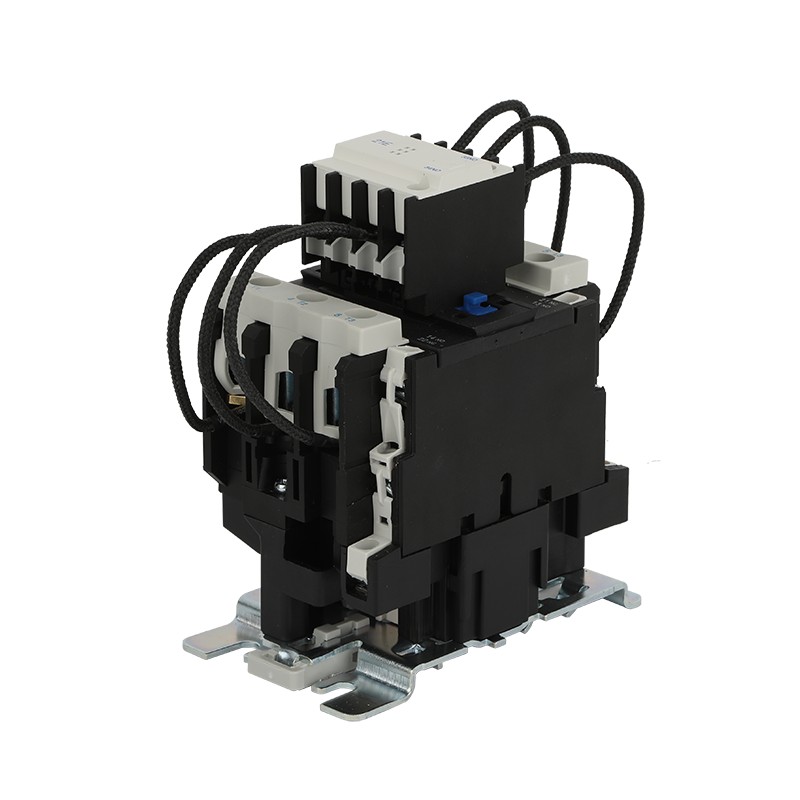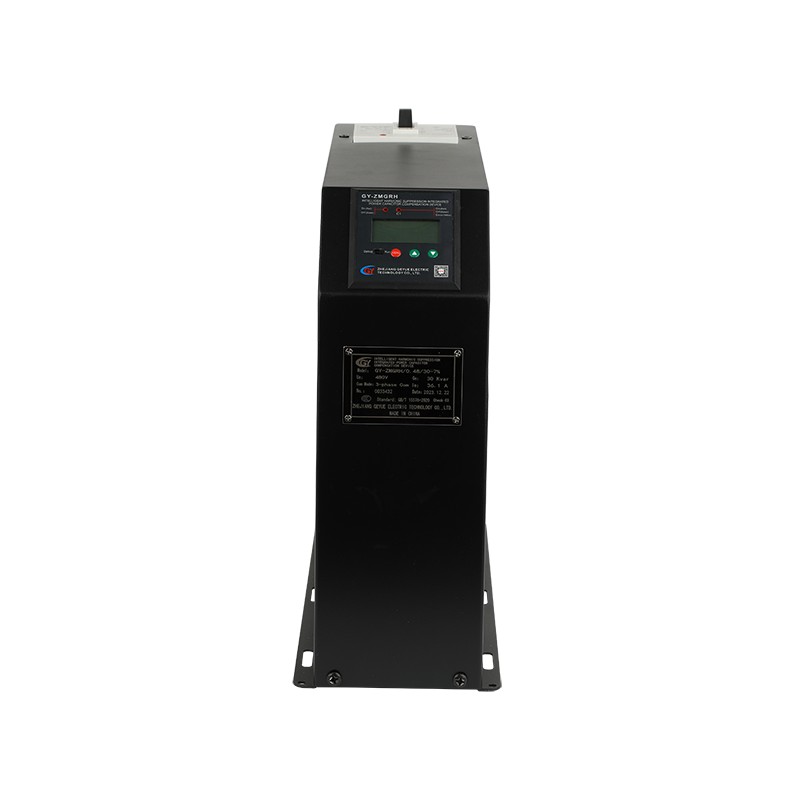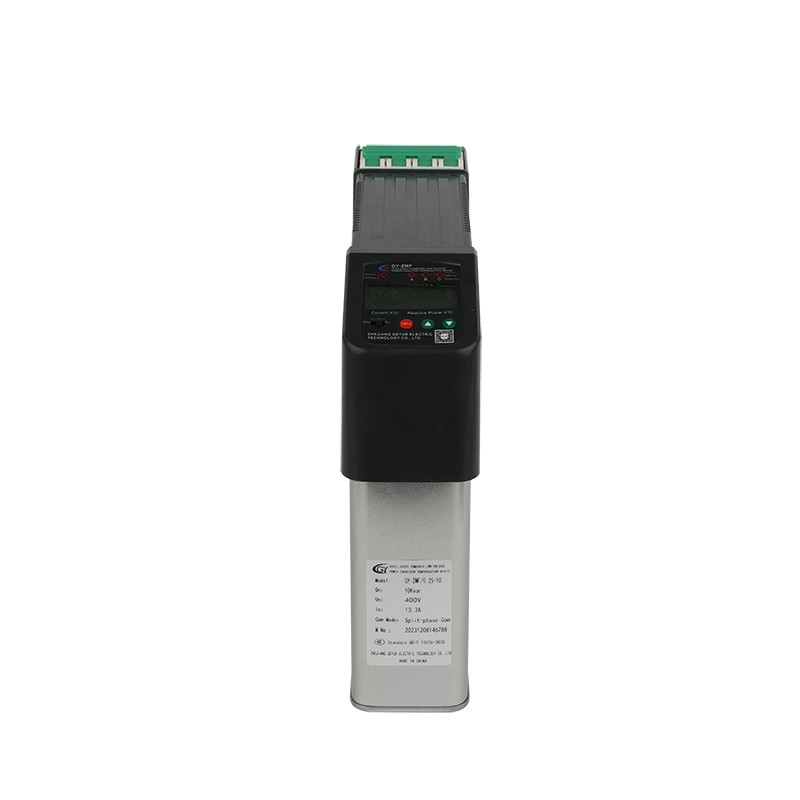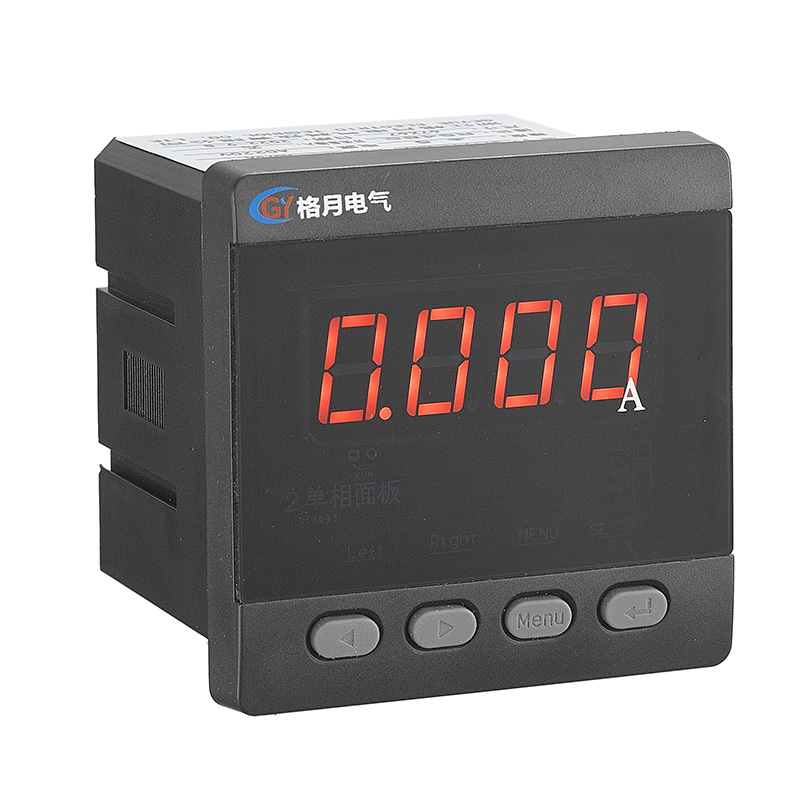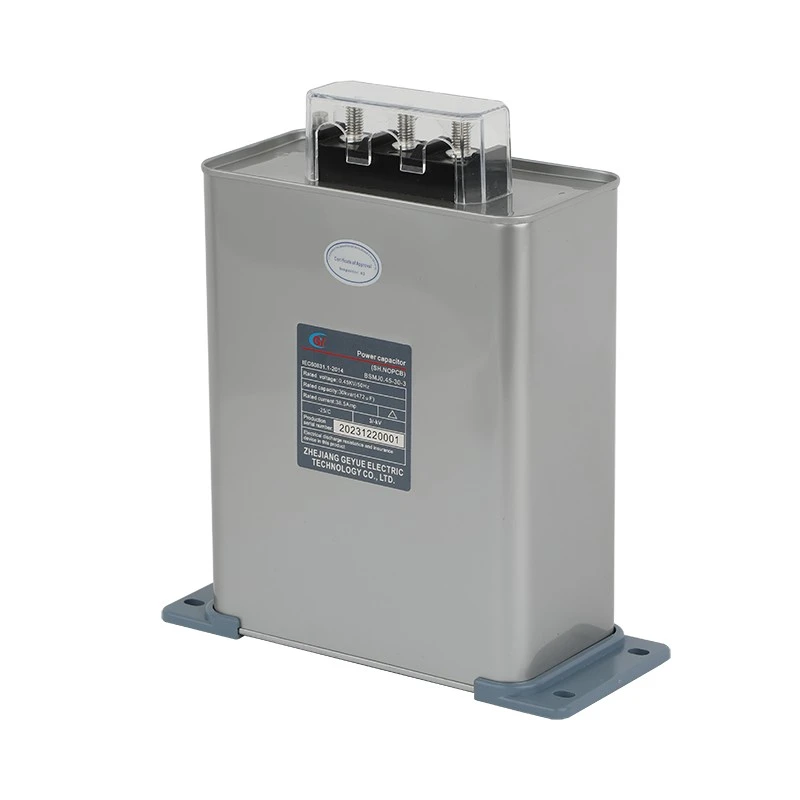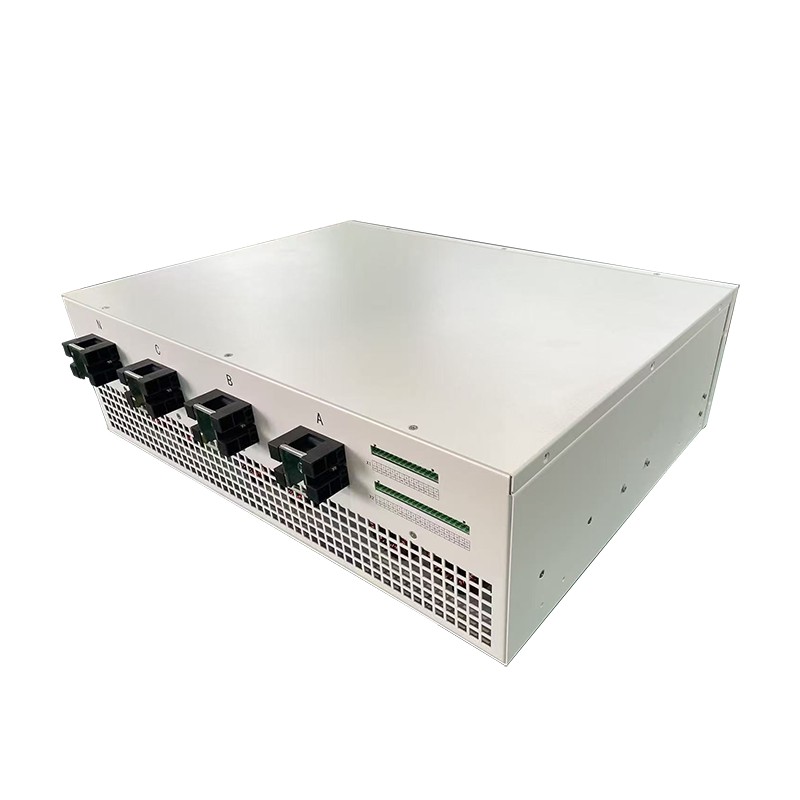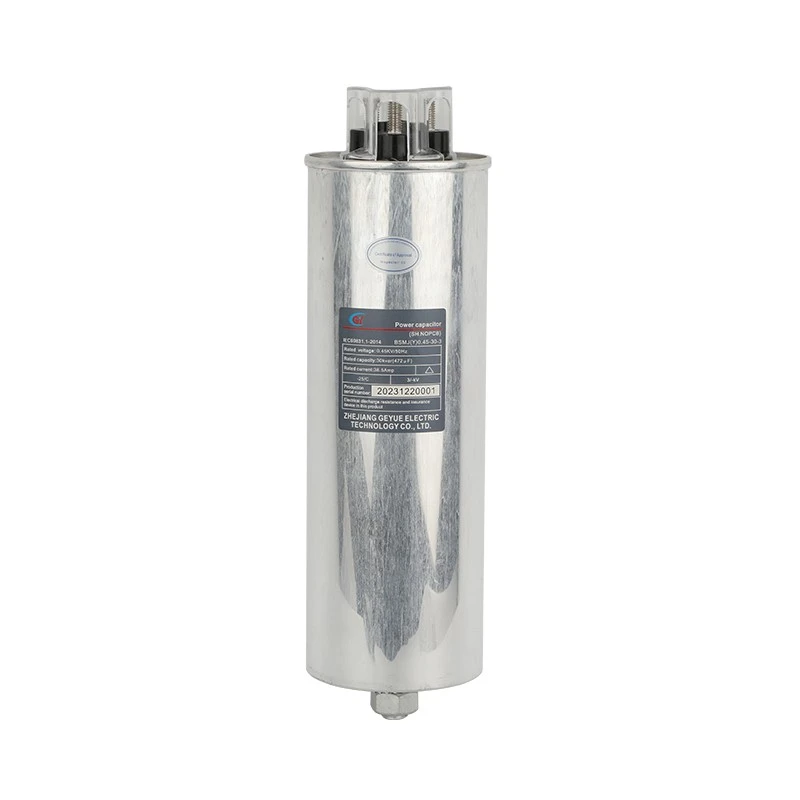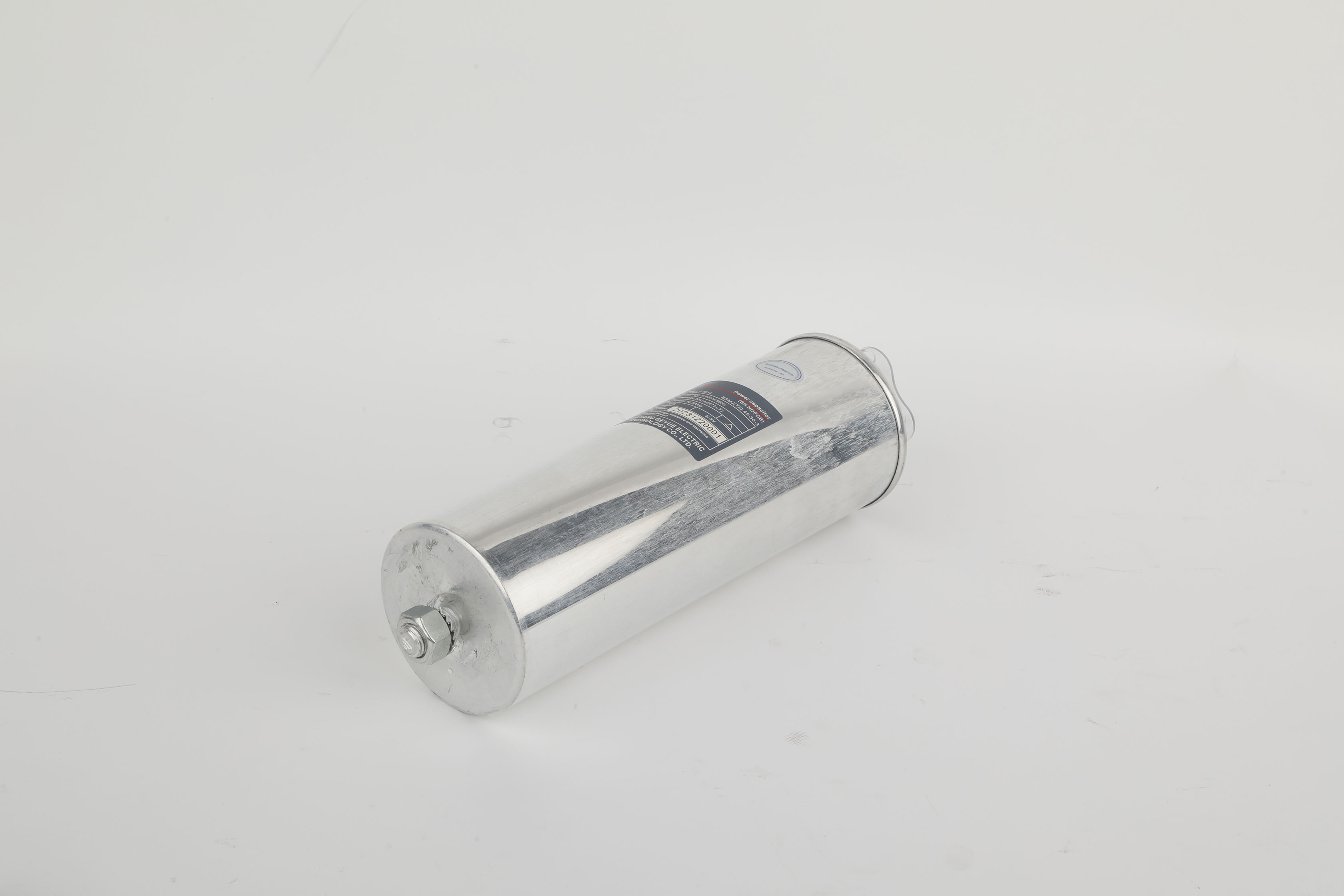What Special Considerations Are Needed for Power Factor Correction in Facilities with Large UPS Systems and Data Centers?
Modern data centers are like the heart of the digital age, and large UPS systems are the uninterrupted energy source that keeps the heart beating. In such facilities that have extremely strict requirements for power quality, power factor correction is no longer simply compensating for reactive power; it has become a complex engineering task that requires a deep understanding of load characteristics and system architecture. Geyue Electric, as a senior low-voltage reactive power compensation engineer, our company believes that reactive power compensation in the data center scenario must transcend the boundaries of traditional industrial applications and find the best balance point between reliability, purity, and energy efficiency.

The Compensation Challenge Dominated by Nonlinear Loads
The reactive power compensation in data centers is undergoing a fundamental transformation: the main load component has shifted from traditional linear devices such as motors and transformers to a non-linear load group consisting of UPS, server power supplies, and switching power supplies. These rectifier circuit loads consume active power while generating a large amount of harmonic current and exhibiting unique phase characteristics, making it difficult for traditional capacitor banks designed based on industrial frequency to achieve precise compensation. What's more complex is that in the dual-inversion working mode of the UPS system, the power factor on the input side is already relatively high, but this often masks the reactive power demand of the actual load at the back end. If an industrial compensation solution is simply applied, it will not effectively improve system efficiency and may even endanger the power supply safety of critical loads due to the harmonic amplification effect.
The Compensation Strategy Determined by the System Architecture
In the dual-bus or distributed power supply architecture of a data center, the selection of compensation points requires extreme caution. The traditional practice of concentrating compensation equipment on the low-voltage side bus of the transformer, although it can meet the requirements of the power grid company, cannot solve the problem of increased apparent power caused by the downstream load of the UPS. If the compensation device is deployed on the UPS output side, its potential impact on the purity of power supply must be considered. Any instantaneous switching of capacitor banks may interfere with the normal operation of sensitive IT equipment. The ideal solution is to conduct a full-link analysis during the system design stage and formulate distributed compensation strategies based on different levels of reactive power requirements. It is necessary to meet the compliance requirements at the power grid connection point and achieve precise power regulation at the front end of critical loads.
Safety Operation Criteria in Harmonic Environments
The inherent harmonic background of the data center power distribution system requires that the reactive power compensation equipment must have excellent anti-harmonic capabilities. Ordinary capacitors will exhibit significant capacitive effects under the influence of harmonic voltages, not only causing their own overcurrent and overheating, but also possibly forming parallel resonances with the system inductance, amplifying the background harmonics to dangerous levels. This is why in the data center scenario, the pure capacitor compensation solution is regarded as a high-risk option. Therefore, a safer approach should be to replace ordinary capacitors with anti-harmonic type compensation devices equipped with built-in tuned reactors. Intelligent capacitors with anti-harmonic functions can precisely calculate the ratio of inductance and capacitance, allowing the resonance point to avoid the main characteristic harmonic frequencies, making the compensation branch present as an inductive component in a specific frequency band, thereby effectively suppressing the phenomenon of harmonic amplification in the circuit, and creating a safe execution environment for reactive power compensation.
The Solutions and Professional Commitment of Geyue Electric
At Geyue Electric, we are well aware that the core of reactive power compensation in data centers lies in the balance between safety and accuracy. Our company's low-voltage reactive power compensation solution is specifically designed for critical power scenarios that require precise compensation. The core equipment of our product portfolio is the modular anti-harmonic intelligent capacitor. Each module is equipped with a precisely tuned filter inductor, which not only eliminates the risk of resonance but also absorbs part of the harmonic current while compensating for the fundamental reactive power. Additionally, our intelligent power factor controller has advanced harmonic analysis capabilities, which can monitor the impedance changes in the power system in real time and automatically adjust the strategy for switching on/off the intelligent capacitors according to the impedance changes to prevent resonance from occurring under any operating conditions.
Geyue Electric sincerely suggests that power factor correction in data centers should be planned as a core component of the overall electrical power quality management scheme. Our company and our technical personnel are willing to provide customers with comprehensive services ranging from assessment and design to equipment integration for your critical facilities with large UPS systems and data centers. With our professional product technology and rich industry experience, we aim to help you build an efficient, reliable, clean and safe power electricity environment, laying a solid energy foundation for your digital transformation. Any inquiries are welcomed at info@gyele.com.cn.
- How does Background Voltage Distortion Affect the Lifespan and Performance of Capacitors?
- How Do We Properly Size a Detuning Reactor to Ensure Capacitor Protection without Compromising Compensation Capacity?
- How do We Determine the Optimal Location for Self-Healing Shunt Capacitors within a Complex Electrical Distribution Network?
- How to Use Compound Switches with Capacitors for Switching
- How Can the Data from Smart Capacitors Be Used for Broader Energy Analytics and Carbon Footprint Reporting?
- What Are the Arc Flash Risks Associated with Capacitor Bank Switching and How Can They Be Mitigated?

